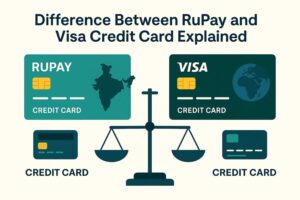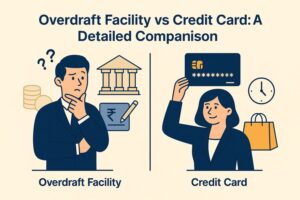Annual Percentage Rate Credit Card Explained
- 22 Oct 25
- 8 mins
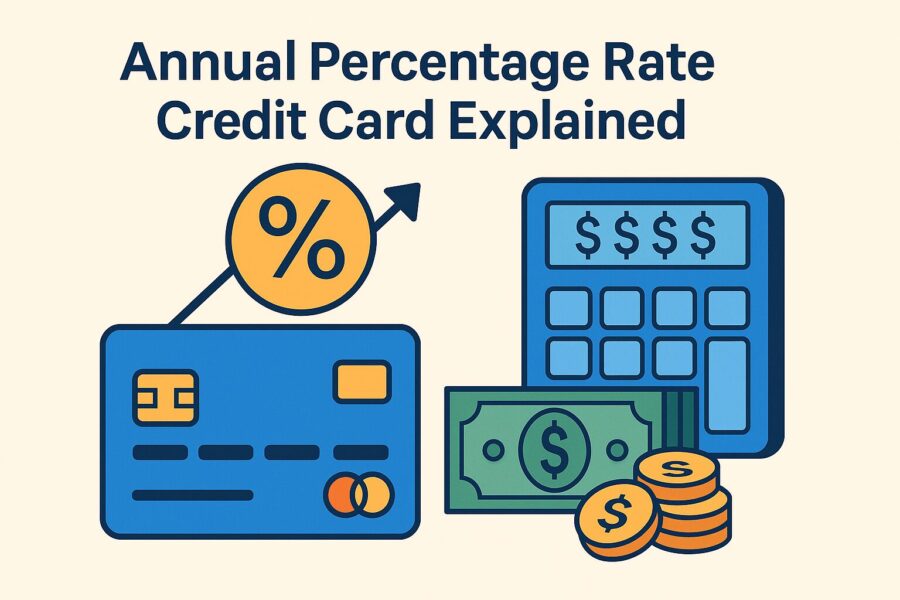
Annual Percentage Rate Credit Card Explained
Key Takeaways
- The annual percentage rate credit card represents the total yearly cost of borrowing, including interest and fees. It helps users understand how much they’ll actually pay on outstanding balances.
- A good annual percentage rate credit card in India usually ranges between 20% to 30%, depending on your credit score, repayment history, and the issuer’s policy.
- There are multiple kinds of credit card APRs, namely, purchase APR, cash advance APR, penalty APR, and introductory APR, each applying to specific transactions and scenarios.
- Though computed annually, the annual percentage rate credit card is charged monthly on unpaid balances. Paying bills within the grace period can help avoid these charges.
- To reduce costs, pay bills on time, avoid cash advances, monitor your credit score, and choose cards with a lower annual percentage rate credit card to minimize interest expenses.
India is experiencing a credit card market boom, with a total credit card spend of over 21 lakh crore in FY25 and more than 111 million cards already in circulation. Now that many Indians use credit cards for daily shopping, it is essential to understand the annual percentage rate (APR) of a credit card. It has a direct impact on the interest charges clients are billed on their balances.
This guide explains what the annual percentage rate credit card is, how it works, and provides tips on how to handle it intelligently.
What is the APR on a Credit Card?
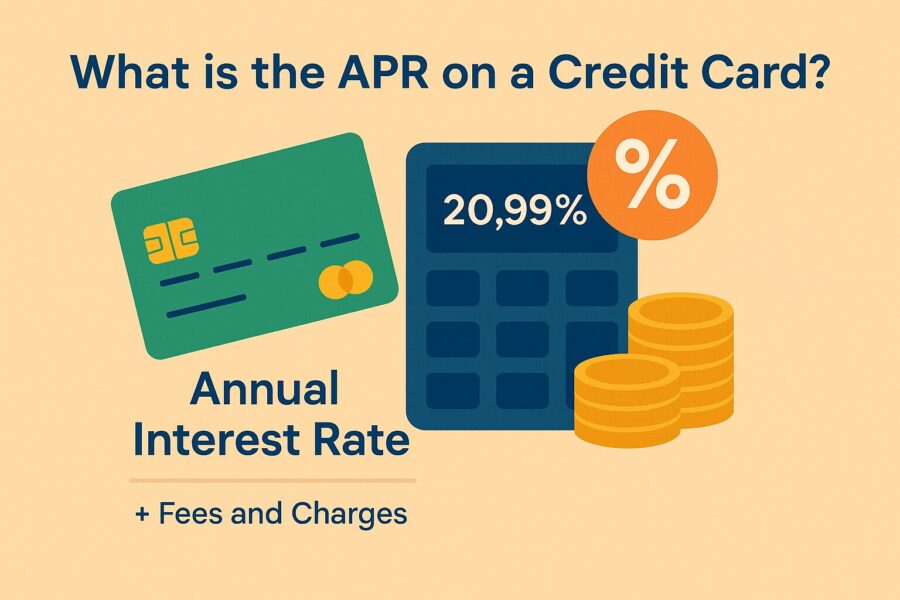
The credit card annual percentage rate credit card represents the annual interest rate applied to any outstanding balance. A borrowing cost can be viewed more comprehensively, as it encompasses not only the interest charges, but also other associated costs, through the APR. When a cardholder fails to pay their bill in full by the due date, this rate defines the amount of additional payment they will pay over the year.
What is a Good APR for a Credit Card?
In the Indian credit card market, a good APR typically ranges from 20% to 30%. This depends on the creditworthiness, credit history, and the issuer's policies. A good credit profile can help you secure a reduced APR, resulting in lower interest accrued on an outstanding balance.
How Credit Card APRs Work?
APR is a rate that is computed every year but charged every month on the existing credit card balance. The cardholder is charged interest charges on the balance beyond the billing cycle, based on the APR. For example, an 18% APR would be an interest rate paid daily but charged monthly.
Interest is calculated on the average daily balance. The majority of cards offer a grace period during which interest is not charged, provided the entire amount is paid on time.
In India, credit card usage increased by 14.5% year-over-year in May 2025, with more than 760,000 new cards issued during the month. This translates to balances being actively held by many users, which may result in them being charged an APR on outstanding balances. Credit card companies typically apply APR to both regular purchases and cash withdrawals, which usually incur higher rates.
When it comes to standard purchase APRs, cash withdrawals or cash advances typically come with higher APRs and often lack grace periods. Moreover, if you miss a payment or breach the terms, you may incur penalty APRs that can be significantly higher than the standard rates.
💡Use the PICE App for timely credit card payments and to minimize paying high annual percentage rates for your credit cards.
What are the Different Types of Credit Card APRs?
There are several types of credit card APRs, each of which applies to a particular transaction or situation:
- Purchase APR
This is the average rate that is charged on purchases made in retail, should a cardholder have a balance after the grace period. The majority of the customers pay this on unpaid monthly purchases.
- Introductory APR
Introductory APRs are provided at reduced rates to encourage new customers to use the product. This applies to purchases or balance transfers, but the rate returns to the normal APR later on.
- Cash Advance APR
This rate is charged when a cardholder withdraws money via his or her credit card. It usually is far more than the purchase APR and has no grace period.
- Penalty APR
It is an imposed rate that is levied when a cardholder fails to make payments or breaches conditions. It can be significantly greater than normal levels and can be reduced to a manageable level when the user resumes a good paying habit.
What is the Function of the Annual Percentage Rate?
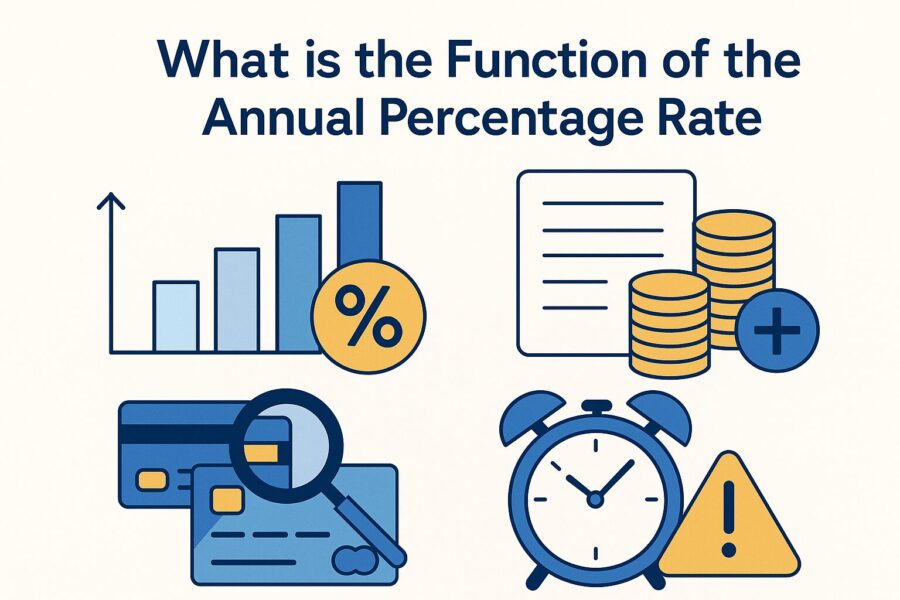
The annual percentage rate is used in credit cards in several ways:
- It is the interest rate of credit card borrowing within a year, which helps customers understand the possible expenses.
- APR combines different types of fees and charges to provide a combined overall cost of borrowing, and not the nominal interest rate only.
- It serves as a reference point that enables consumers to compare two or more credit card deals on an even playing field.
- What the APR also does to encourage responsible usage is to stimulate high rates in an effort to persuade late payers to pay on time.
With the frequency of credit card transactions in India increasing to 54.2 times per year per card in 2025, understanding the implications of the APR can save users a significant amount of money in interest.
Difference Between Credit Card APRs and Interest Rates
Although APR and interest rates on credit cards are often used interchangeably, they differ in the following way:
- The interest rate means the rate of interest charged on the borrowed amount.
- The interest rate and any other extra finance charges or fees are combined under the APR, which is quoted as an annual rate.
For example, a credit card may have an interest rate of 18%, but when additional charges are applied, the APR may increase. APR provides a more realistic view of the general cost of credit and enables a more accurate comparison among card products.
Tips for Managing Credit Card APR
The effective management of APR can help its users eliminate unnecessary debts and expenses. Here are some helpful tips:
- It is best to ensure that you pay all your credit card bills on time, before the grace period expires, to avoid paying interest.
- Select credit cards that have lower APRs in case you have a balance.
- Cash advances should be avoided because they have a greater APR and charge interest accordingly.
- Keep a close check on your credit score; the higher your credit score, the lower your APR will be.
- A large purchase should be considered as EMIs with the lower interest rate fixed rather than the balance holding the higher APR rates.
- Monitor any modification of the APR terms of your card and find an alternative when rates become unreasonably high.
With credit card spending in India expected to reach over ₹25 trillion in 2025, employing these strategies can significantly reduce interest payment and borrowing costs.
Conclusion
The annual percentage rate (APR) on a credit card is a crucial figure that determines the amount of interest you pay on your outstanding balances each year. As the credit card market in India is expanding at an alarming rate, surpassing 21 lakh crore in credit card spending, understanding the concept of APR enables users to make better financial choices. Moreover, they are able to manage credit expenses more judiciously.







